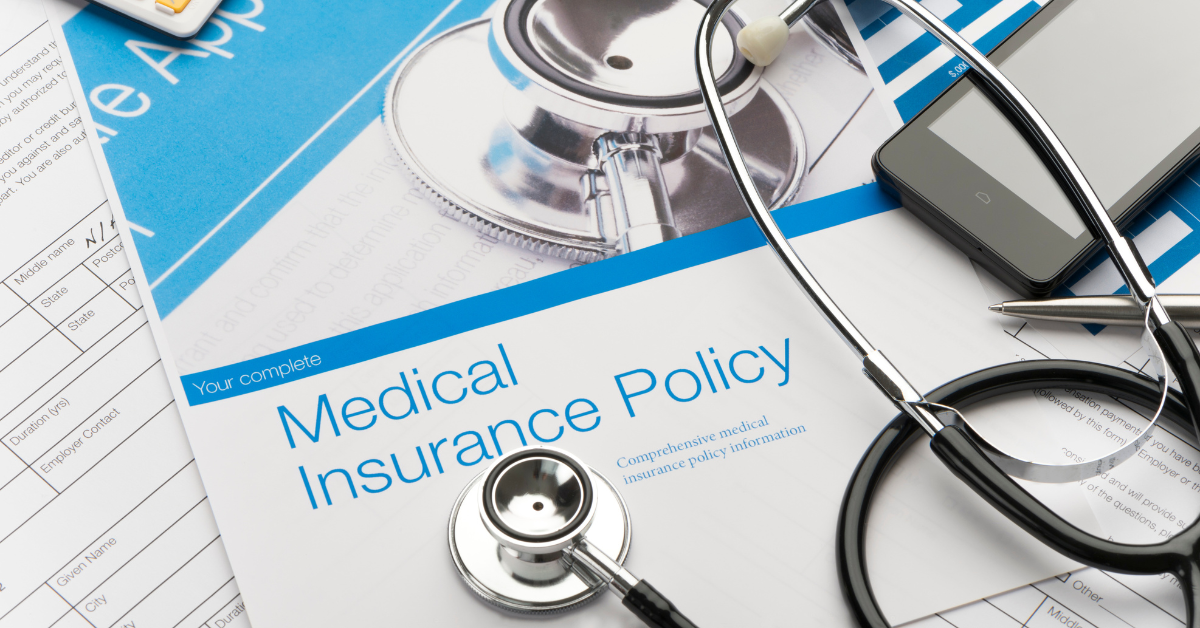Understanding Insurance Coverage and Benefits for People Living with Diabetes

For individuals managing diabetes, prioritizing self-care, and ensuring access to quality healthcare is important. Let’s learn about several types of insurance and ways to use your insurance benefits to help with your diabetes care.
Types of Health Insurance
- Employer Health Plans: Many people get insurance through their jobs. There are different kinds, like HMOs, PPOs, or HDHPs (high deductible health plans). Check the coverage details specific to diabetes management. These plans often help with preventative care and prescription medications.
- Personal Insurance: If your job does not offer health insurance, you can buy it from the federal Health Insurance Marketplace, through your state’s insurance marketplace (if it has one) or directly from insurance companies. Compare the costs and what they cover.
- Government Programs: Medicaid and Medicare are government insurance programs. These programs are typically for individuals with limited incomes, limited resources, disabilities, and those over 65 years of age.
- Medicaid: Medicaid is a program run by both government and state (coverage varies by state). In general, Medicaid covers essential health services, including those related to diabetes.
-
- Medicare Part A: Covers hospital stays, skilled nursing facility care, hospice care, and some home health care services.
-
- Medicare Part B: Part B typically covers diabetes services outside the hospital, including doctor visits, diabetes management training, and certain supplies.
-
- Medicare Part D: Helps pay for prescription drugs, including many diabetes medications. Those who enroll can choose from various Part D plans so they can match to their specific needs
Understanding What Insurance Covers for Diabetes
- Medication: Coverage for diabetes medication, insulin, and supplies like glucose meters and test strips is important. Each insurance plan may cover different medication, so it’s important to check if your prescribed medication is covered. Some plans have tiers for medication, where they are grouped into various levels with different costs you might have to pay. This can affect how much you pay for your diabetes medication.
- Durable Medical Equipment (DME): Some health plans cover durable medical equipment like insulin pumps or continuous glucose monitoring (CGM) systems. Check the insurance policy for details.
- Seeing Doctors: It may be important to visit different doctors to manage your diabetes. Check what you pay when visiting them. This is often called a copay.
- Preventive Care: Insurance usually pays for important diabetes services, including doctor visits, laboratory tests, and preventative care. Coverage may extend to diabetes education to learn more about taking care of yourself. These services can help you avoid complications related to diabetes.
- Hospital and Emergencies: While most insurance plans cover portions of a hospital stay or an emergency room visit, it’s good to know what your out-of-pocket expenses might be, like copays or coinsurance.
Utilizing Your Benefits
Tips to make the most of your benefits:
- Know Your Coverage: Find out what your insurance plan covers for diabetes. Check if it pays for things like medication (such as insulin), doctor visits, tests, and equipment (like glucose meters).
- Use In-Network Providers: Stick to doctors and hospitals that work well with your insurance. These are called in-network providers. Going to them instead of an out-of-network provider can save you money.
- Regular Check-ups: See your doctor regularly. Your insurance might cover these check-ups to discover if there are any new developments with your diabetes early on.
- Understand Prescription Coverage: Some insurance plans prefer specific brands of medication. Ask if they pay for the medication you need, and if there are cheaper options (generic) you can use instead.
- Learn About Extra Programs: See if your insurance offers extra programs or classes that can help you manage your diabetes better.
- Emergency Coverage: Know what your insurance covers in diabetes-related emergencies. This includes hospital stays, ER visits and ambulance services.
- Maximize Preventive Services: Take advantage of services like annual check-ups, screenings, and vaccines. These can help prevent complications and are often covered by insurance.
- Financial Help: Some companies or organizations can help with diabetes-related expenses. Check if you qualify for any financial assistance programs. Also, ask your doctor about diabetes assistance programs that may be right for you.
- Ask Questions: If you’re unsure about what your insurance covers or need help, ask your insurance company and healthcare provider. They can explain things to help you make the best decisions for your care.
- Use In-Network Providers: Stick to doctors and hospitals that work well with your insurance. These are called in-network providers. Going to them instead of an out-of-network provider can save you money.
Summary
Make sure to check the details of your insurance plan. Know what it covers and what it doesn’t and find out if you need permission (pre-authorization) before getting certain treatments. Talk often with your doctors and insurance company to make sure your diabetes management needs are being met and covered. Also, keep an eye on any changes to your insurance that might affect how you take care of yourself. Being active in your health plan can positively impact your outcomes.
Author: Connie Ely, Pharmacist | CCS Health
This site is for educational purposes only. Talk to your doctor or healthcare provider before making any decisions about your health.



